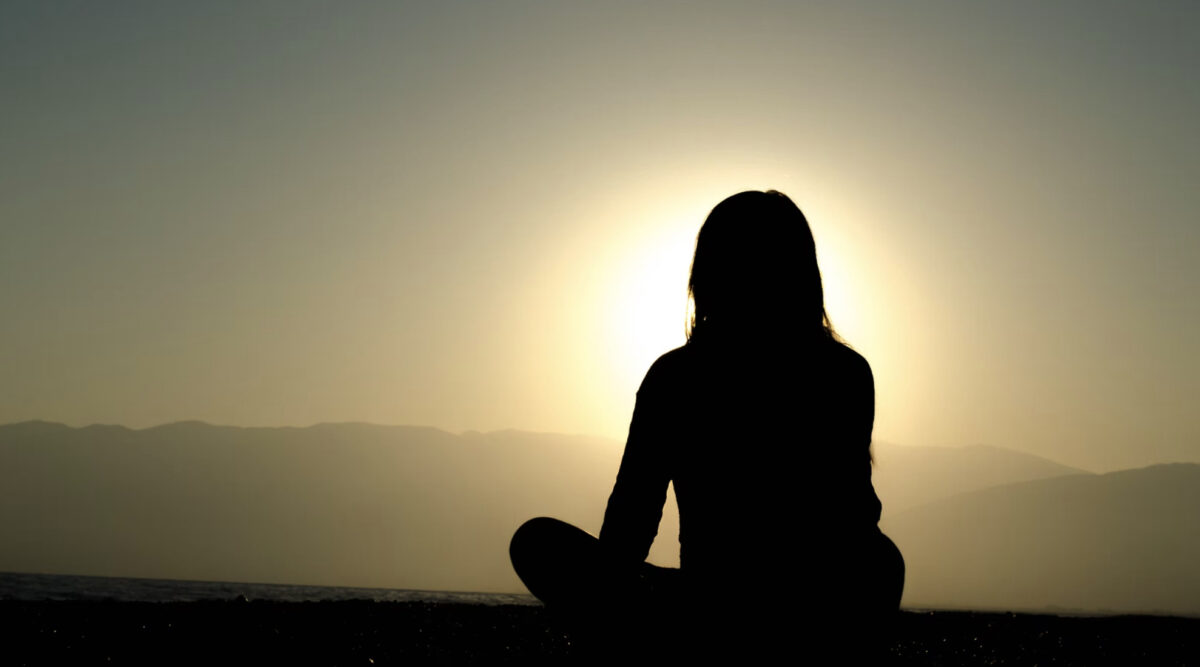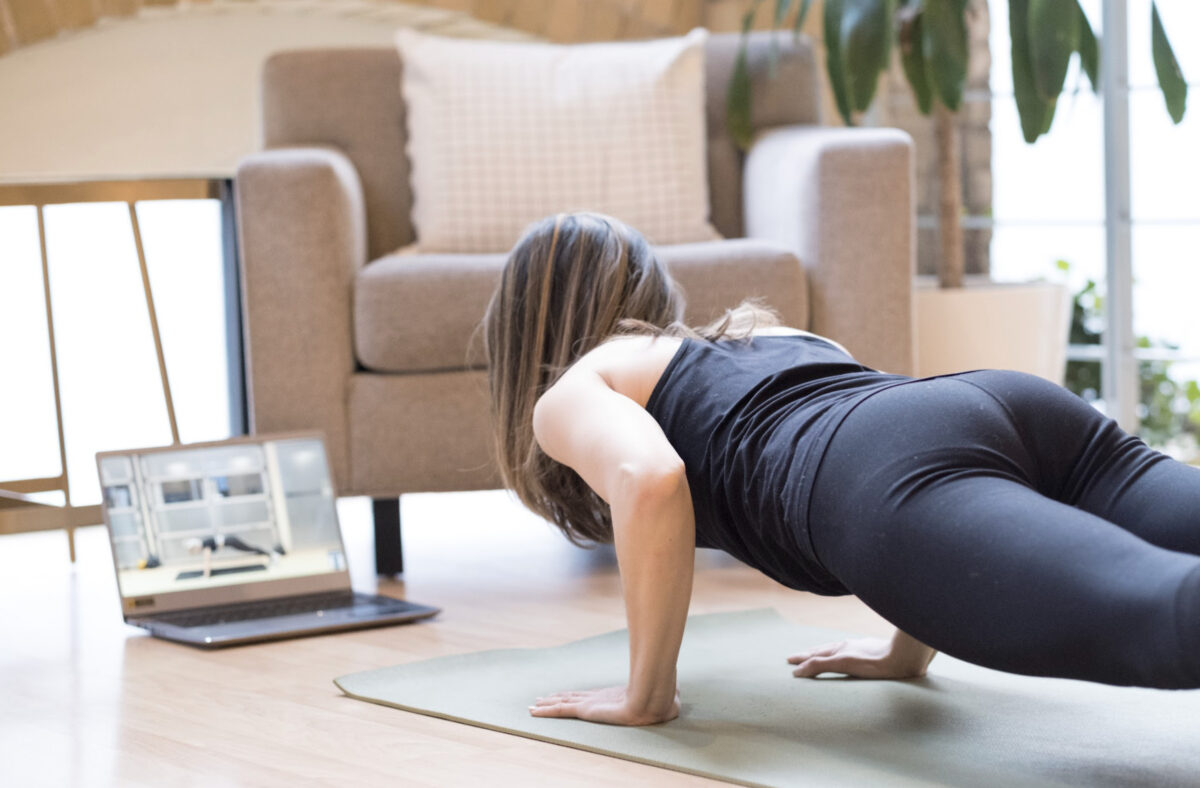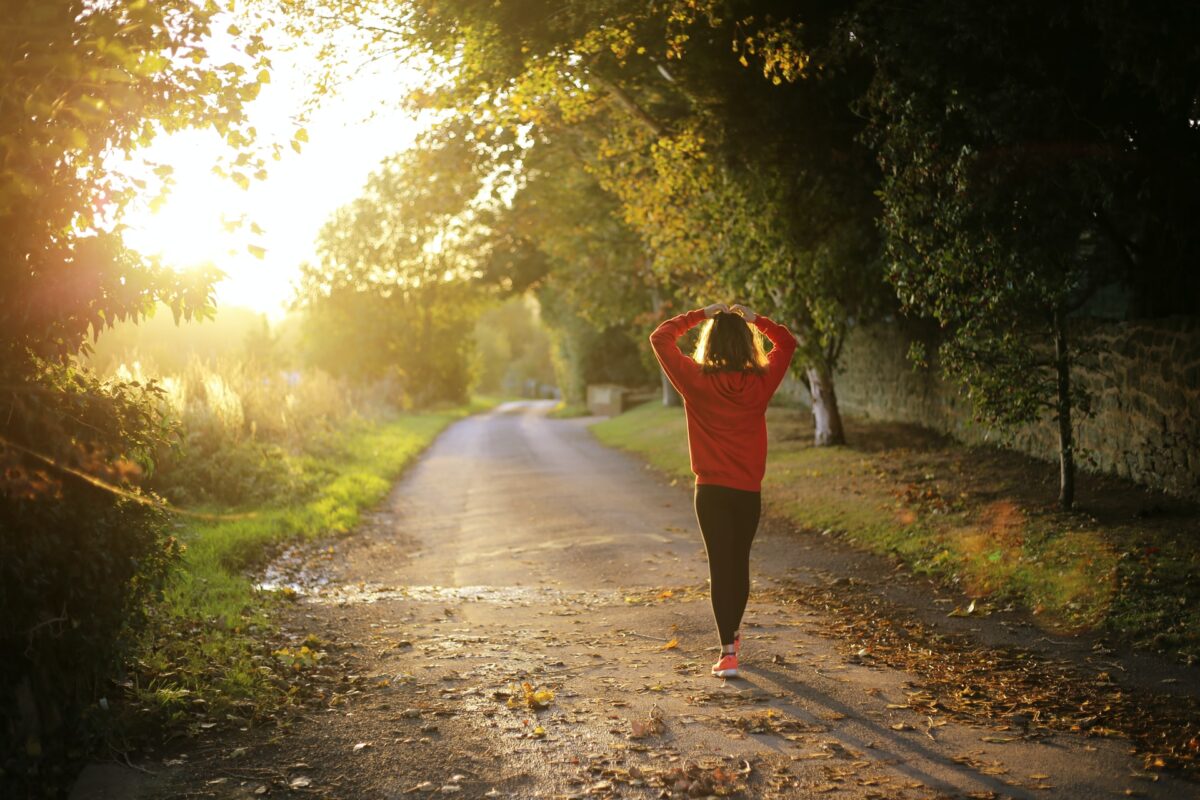Dr. Tamara Kung, ND
Humans try all kinds of rational to shortchange sleep. Deep societal and cultural shifts have brought in an era where sleep is seen as second rate, an afterthought, a passive thing we do when there’s nothing else to do. We think sleeping means laziness and we’ve been actively fighting against it, with the false notion that we can be more productive and have something to show for our efforts. But what does sleeplessness really do?
As a result, two-thirds of adults around the world aren’t hitting the recommended 8 hours of sleep specified by the WHO and National Sleep Foundation. Countries where sleep time has declined the most, the US, UK, Japan, and South Korea, are seeing noticeable increases in physical disease and psychological disorders.
If that’s not enough, new research and scientific literature provide clear evidence that indicates the shorter your sleep, the shorter your lifespan.
Humans are the only species on Earth who deliberately deprive themselves of sleep. Sleep deprivation can be so devastating to our health that the WHO has classified shift work (jobs that are known to mess up our sleep), a probable carcinogen (being linked with prostate, breast, and colon cancer). The reality is, we are all Shift workers, which is defined as someone who stays awake for more than 3 hours between 10 pm-5 am more than once a week (official European definition).
Believe it or not, most of us fall under this definition because of how we live our lives. Do any of the following situations apply to you?
- Traditional: Emergency responder, health care worker, flight attendants, pilots, ground transportation, food services, custodial staff, call centers, construction, manufacturing
- Lifestyle: high school, college students, musicians, performing artists, new parents, in home caregivers, spouses of shift workers
- Gig economy jobs: ride share services, food delivery services, freelancers
- Jet Lag: traveling between across 2+ time zones in a day
- Social Jet Lag: Sleeps and wakes 2+ hours later on weekends (more than 50% of population)
- Digital Jet Lag: chatting with friends / colleagues, family several time zones away, over social media
Those that get paid massive sums for their physical jobs, professional athletes, have taken notice. The impact of sleep deprivation, or an erratic sleep schedule, has become a major priority for pros and elite athletes everywhere. World sports organizations like the International Olympic Committee have established guidelines for better quantity and quality sleep.
Why for athletes?
Because data shows that motor skills, reaction time, endurance levels all get boosted with 8 hours of quality sleep. Take NBA player, Andre Iguodala of the Golden State Warriors. Here are his stats on when he got 8 hours or more of sleep on a consistent basis compared to less than 8 hours.
- 12% increase in minutes played
- 29% increase in points/ minute
- 2% increase in 3-point percentage
- 9% increase in free-throw percentage
- 37% reduction in turnovers
- 45% reduction in fouls committed
This isn’t just for athletes though. We mere mortals also benefit as we try to gain more strength and endurance. When we’re sleep-deprived, we’re often burning more lean muscle mass and less fat which makes it really tough to build muscle.
Getting enough sleep also drastically reduces the risk of injury. There’s nothing worse than being motivated to finally get active and then get injured and forced out against our best intentions! To put this into perspective, a study assessing sleep and injury risk in young athletes found the following:
- 9 hours 15% chance of injury
- 8 hours 34% chance of injury
- 7 hours 62% chance of injury
- 6 hours 74% chance of injury
Did you notice that the risk is not a linear one, it’s exponential with each hour of sleep loss!
What does sleep deprivation do for our brains? These are some of the major areas on how sleep affects our mental function and health.
- Impairs our ability to think on our feet
- Ability to take on new information becomes severely impaired
- Reactions are blunted (less witty comebacks, or articulate responses)
- Increased chance we do something we’ll regret
- Going for the junk food/ chips vs. healthier fruits/ veggie snacks
- Long & short-term memory gets dulled – learning new skills, language, topic, becomes overwhelmingly more difficult vs. those who get sufficient sleep are more likely to master skills
- Increases susceptibility to more extreme mood swings, and on top of that, it’s biased towards a more negative state (anger, anxiety, irritability)
- Significantly raises your risk for Alzheimer’s
How does sleep impact so many cognitive processes?
When you’re asleep, a big neurological bath washes over your brain, clearing it of waste products (garbage) and toxins (tau proteins associated with Alzheimer’s) accumulated throughout the day. Additionally:
- Sleep enriches our ability to learn, organize memories for storage and easy retrieval, make logical choices.
- Recalibrates our emotional brain circuits to navigate day to day challenges with a cool-headed composure.
- A good night’s sleep promotes those “aha!” moments, where you figure out a novel solution to a problem you were previously stuck on. The saying “Sleep on it.” has its merits, as being uncovered through studies of sleep and dreaming.
Tips for Unlocking Your Sleep Super Power
Just like everything else we value, sleep comes with our actions and the work we put into it. That being said, working on your sleep doesn’t have to be a drag. It should be something that feels good, is calming, relaxing, and something you look forward to enjoying.
Tip 1: A good night’s sleep comes begins with your daylight exposure. Aim for 30 minutes of outdoor daylight (overcast counts!) without sunglasses. This helps set your circadian rhythm up so that it guides you to sleepiness at the end of the day. Most effective for those who have trouble falling asleep before midnight.
Tip 2: Smaller dinners and finishing your meals before 7 pm is ideal. Late-night snacking tricks your body back into daytime mode and becomes stimulating. These mismatched signals of the environment and what we’re trying to achieve at night leave us tossing and turning. Instead of snacking, make a cozy tea and or go for a walk, stretch or a good read.
Tip 3: Put on blue light blocking glasses after dinner and leave them on until you turn the last light off (never during the daylight hours because blue light is helpful in the daytime). Clear lenses block 15-30%, while orange lenses block 98%. opt for orange if you can. Here is a link for some sleek Bono glasses.
Tip 4: Create a sleep sanctuary. Imagine the sensation you have walking into your favourite yoga session. The room is inviting, cozy and if someone brought in their phone, you’d zero in on them and internally yell “get that outta here!”. That’s how your bedroom should feel. Bring in plants, cozy pillows, dim the lighting and leave your devices (phone, computers, tablets) outside.
Building a new routine takes practice, but each time you practice, you are voting for the path you want to live in.
I’ll leave you with this:
“Just in, scientists have discovered a revolutionary new treatment that makes you live longer. It also enhances your memory and makes you more creative. It makes you look more attractive, keeps you slim, and lowers food cravings. It protects you from cancer and dementia, and wards off colds and flu. It lowers your risk for heart attacks, strokes, and diabetes. You’ll feel happier, less depressed, less anxious. You’ll also be a much better athlete. Interested?”
If this were a drug, it’d be unbelievable! Many of us would pay big money for just a small dose of this!
This ad describes not a tincture, a new superfood, or drug, but the proven benefits of a full night’s sleep. Yours to pick up on repeat prescriptions every day!







